
Chinese study links facial lipid shifts to early skin ageing in women
A new lipidomics study of 151 healthy Chinese women has reported clear, age-linked shifts in facial stratum corneum lipids between ages of 19 and 33 years.
News & Analysis on Cosmetics Innovation

A new lipidomics study of 151 healthy Chinese women has reported clear, age-linked shifts in facial stratum corneum lipids between ages of 19 and 33 years.
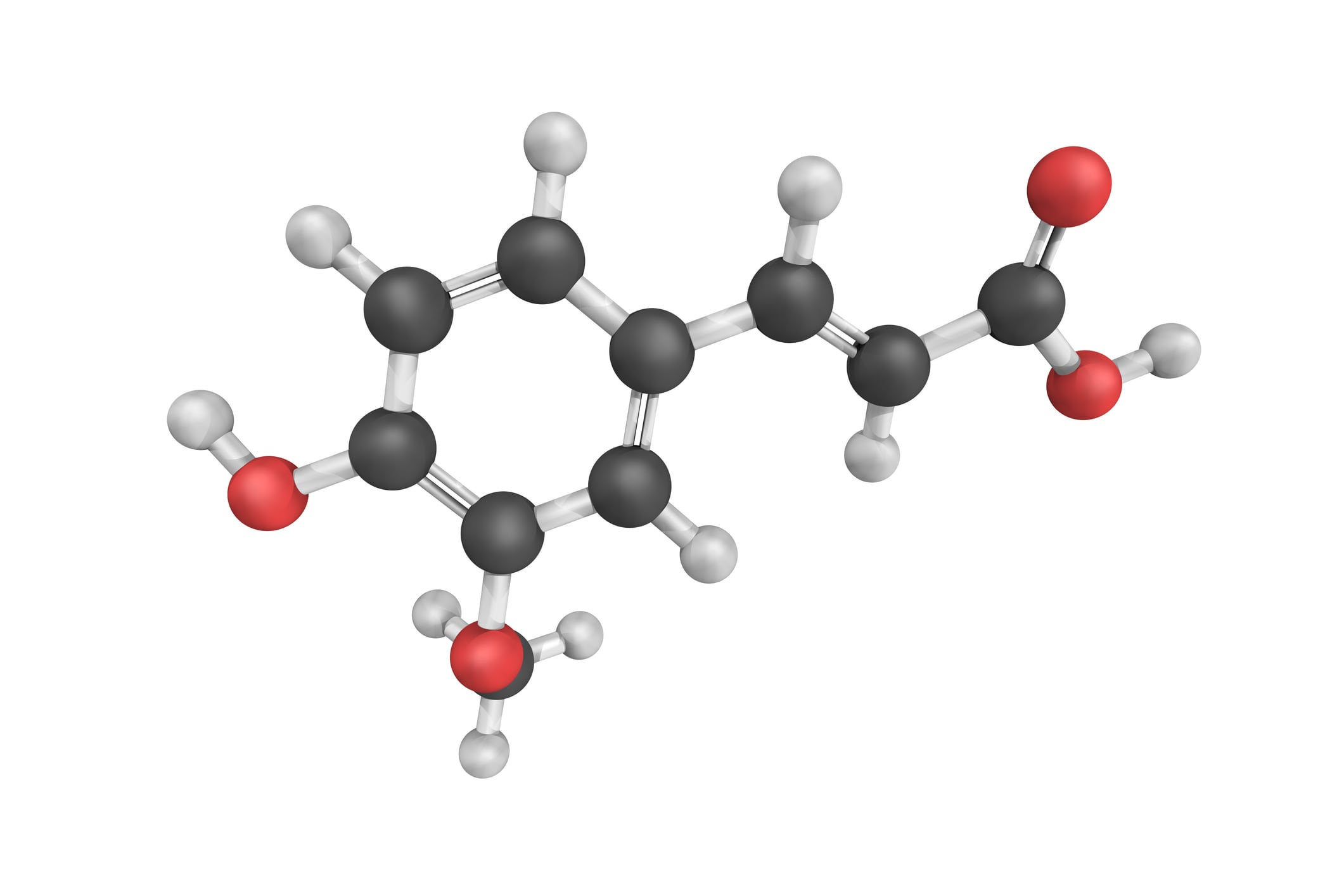
A South Korean study has presented an eco-friendly way to supercharge ferulic acid in two traditional herbs, Cnidium officinale (CO) and Angelica gigas (AG), using hot-melt extrusion.

This month’s installment of CosmeticsDesigns’ global roundup examines shifting regulatory landscapes, financial news, and breakdowns of industry analysis reporting.
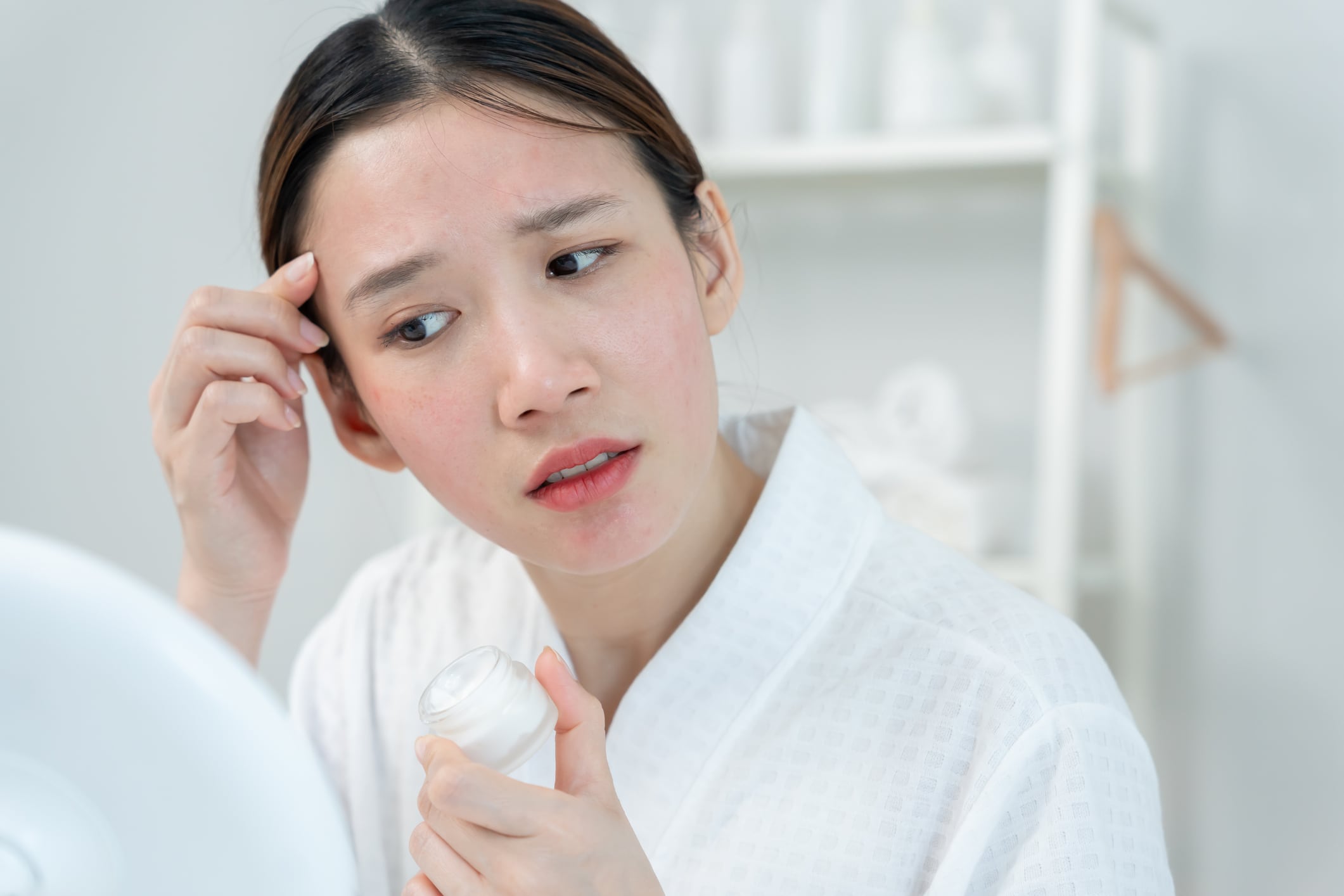
Kao Corporation has uncovered a biological reason for sensitive skin often experiencing stinging or burning sensations despite appearing normal, as well as a potential way to ease these symptoms.
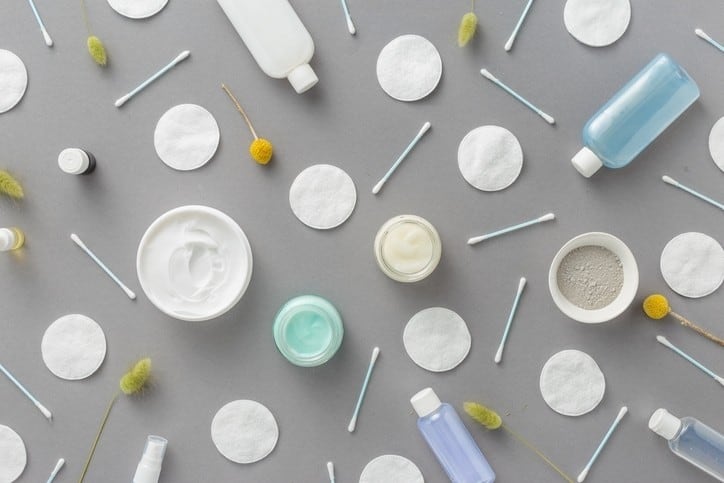
Dive into our latest stories on formulation and science, featuring research on extracts of peony root, ethanolic plum leaf and honeysuckle flower, efficacy of a new-gen Winona cream, and more.
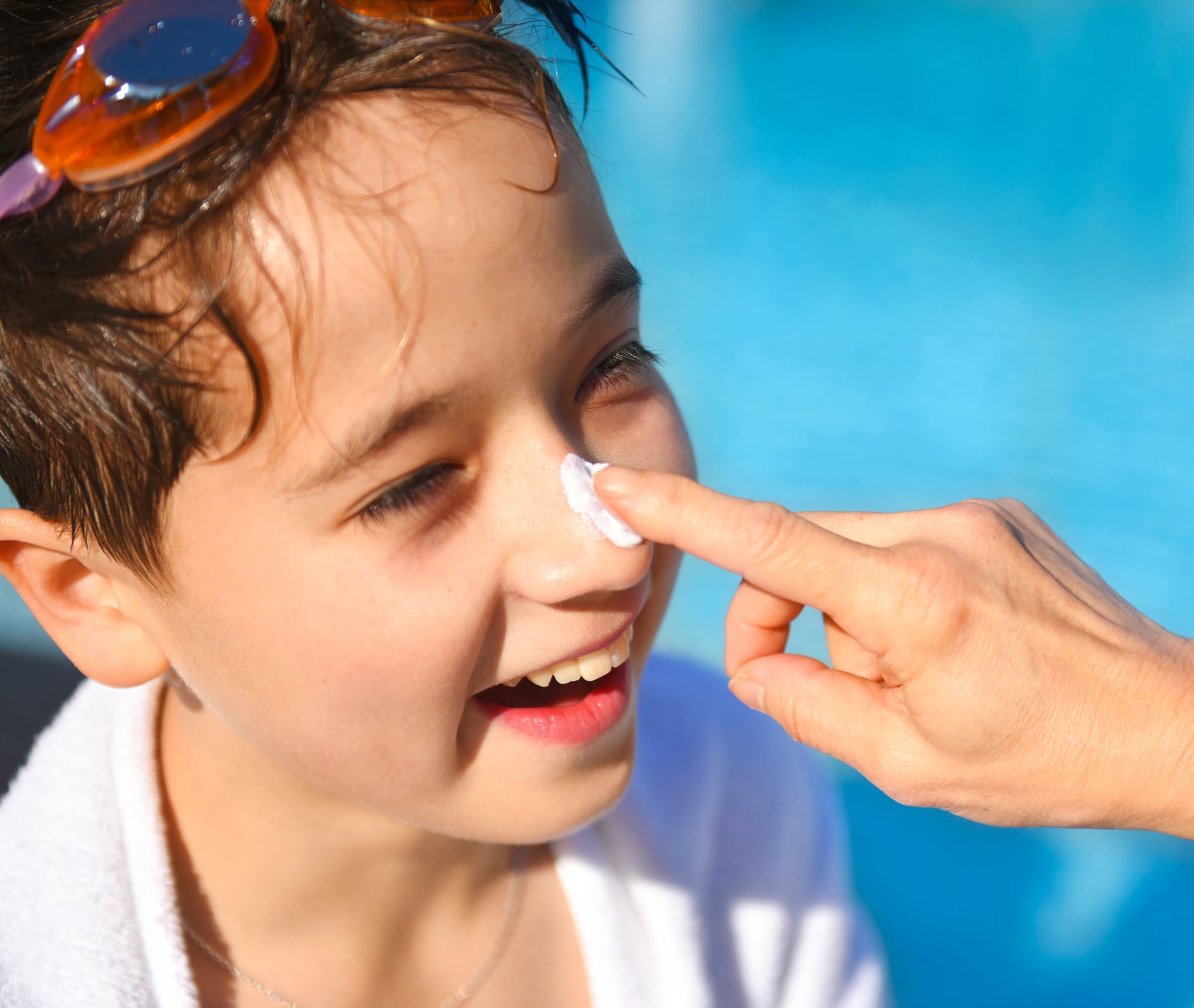
A two-dimensional (2D) form of titanium dioxide (TiO₂) has the potential to keep skin looking natural while blocking ultraviolet light as effectively as existing mineral filters, according to a Chinese study.

New research highlights the potential of nasturtium extract in reducing skin aging by enhancing cytoglobin levels to combat oxidative stress, improving collagen and elastin synthesis, and boosting immune cell activity.
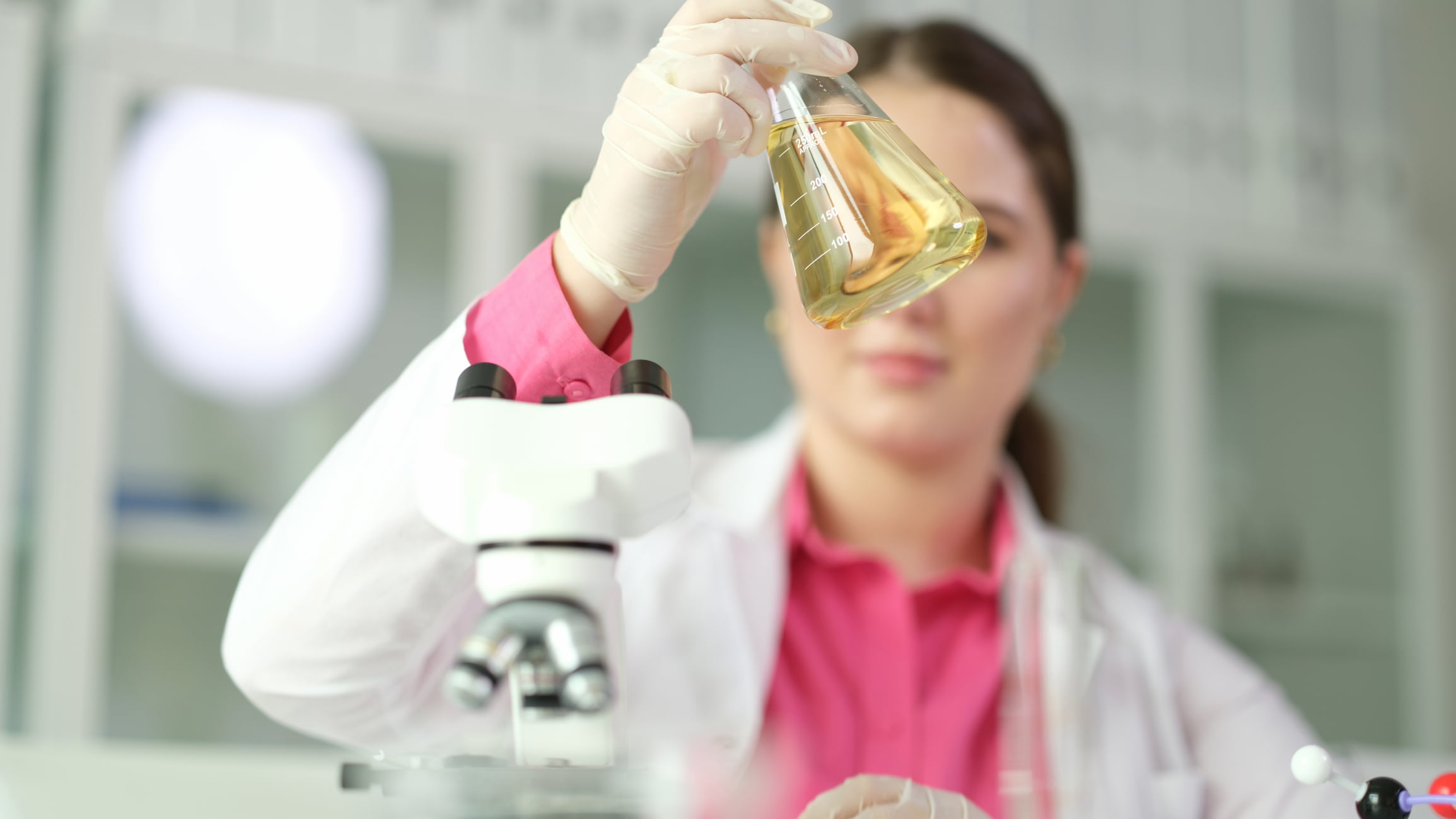
As researchers explore new biological pathways, ingredient mechanisms, and delivery systems, the gap between cosmetic science and clinical performance continues to narrow.

Researchers in South Korea have reported that ε-viniferin — a compound formed when two resveratrol units join — and an ε-viniferin-enriched extract from grape flower cell cultures can help human skin cells repair themselves.

We highlight the top 10 stories of Sep 2025, including brands like For Beloved One, EVERSOFT and 3CE, trend and investment news, latest research findings, and more.

Nicotinamide mononucleotide (NMN) has gained traction as an anti-aging ingredient, but a 12-week study funded by Mitsubishi Corporation Life Sciences - said to be “first of its kind” human clinical trial - showed that it could improve hair health too.

This month’s roundup of CosmeticsDesign’s global coverage includes an in-depth look at scientific developments, sustainable innovation, and notable brand launches.

Food-grade technology and in-house R&D are helping HPPY Skin rethink antioxidant formulation, founder Hannah Penn told CosmeticsDesign.

Developed in-house by US-based men’s skin care brand Caldera + Lab, the system is designed for deeper penetration for targeted efficacy.

New research from Japan has identified peony root extract as a multifunctional cosmetic ingredient that can inhibit the interaction between advanced glycation end products (AGEs) and their receptor (RAGE), and reduce AGE formation and alleviate skin...
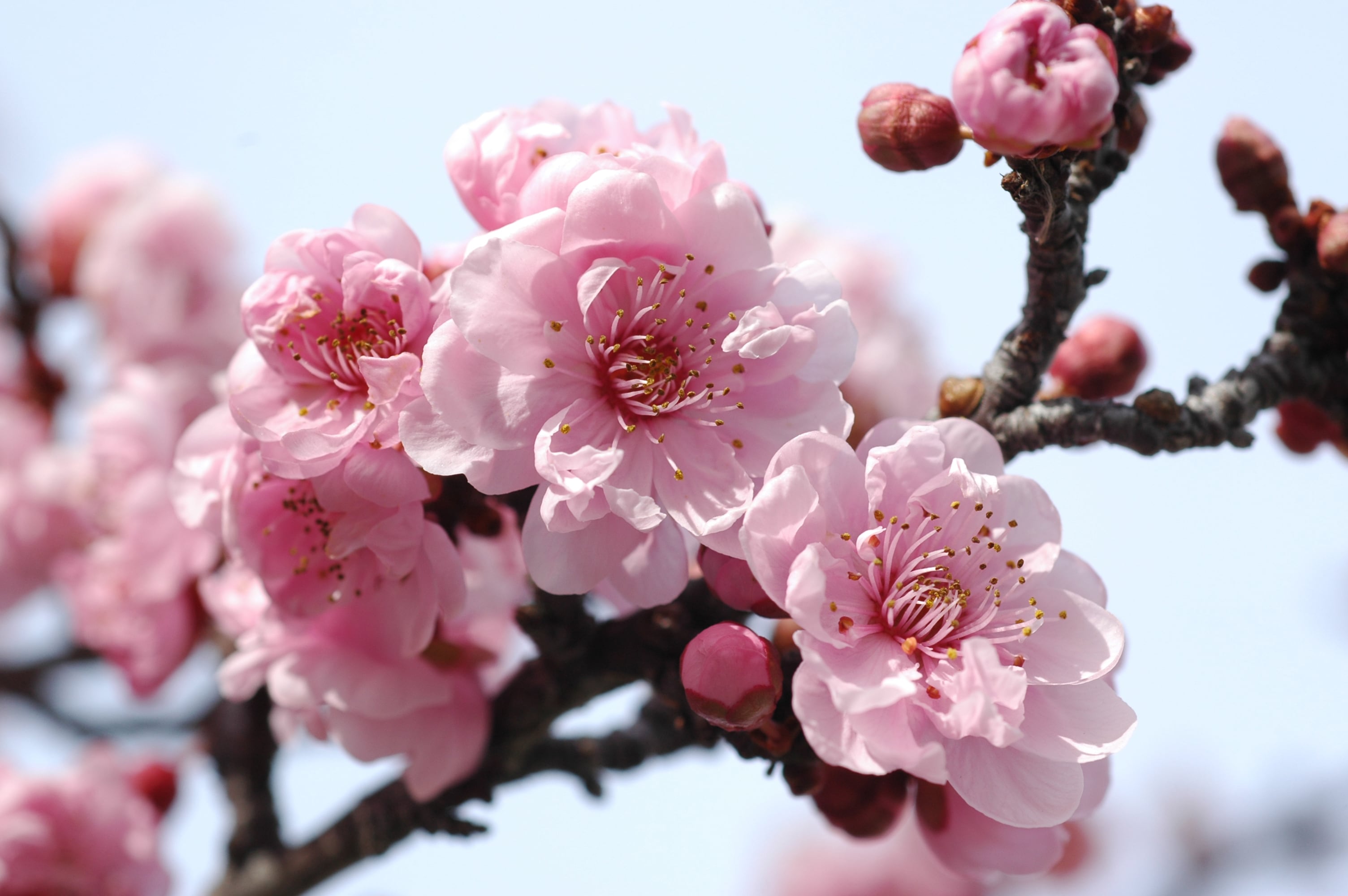
A new study in Thailand has named a specific ethanolic plum leaf extract as a potentially stable, safe antioxidant for use in topical creams to soothe skin irritation.

Honeysuckle flower (Lonicera japonica Thunb.) extract, formulated into low-energy nanoemulsions with polyglycerol fatty acid esters, offers a sustainable and effective platform for skin health applications, according to new research from Thailand.

A multifunctional ingredient, polyethylene glycol (PEG) 23 glyceryl distearate (GDS-23), has been shown to enhance skin barrier function, moisture retention, and antioxidant activity, according to a new study by researchers at Showa Medical University.

A novel moisturising cream has demonstrated superior efficacy in alleviating pruritus, erythema, and neurovascular hyper-reactivity in people with sensitive skin, according to a new study in China.

A new clinical study has investigated the potential of neurocosmetics, concluding that it “signals a paradigm shift within dermatology and cosmetic science,” which also brings many complexities for future NPD.

A study in South Korea found that the two-week application of a formula containing CICA-derived exosomes produced significant improvements in pore characteristics, hydration, dermal density, and wrinkle depth.

We dive into our latest stories on formulation and science, featuring the anti-ageing potential of magenta plant and mangosteen peel extracts, application of peptides in cosmetics, Mitsubishi-backed study on a “fairy chemical”, and effects of caffeine...

This roundup highlights the global regulatory actions, innovative ingredient launches, and compelling trend analyses dominating the beauty and personal care industry news cycle.
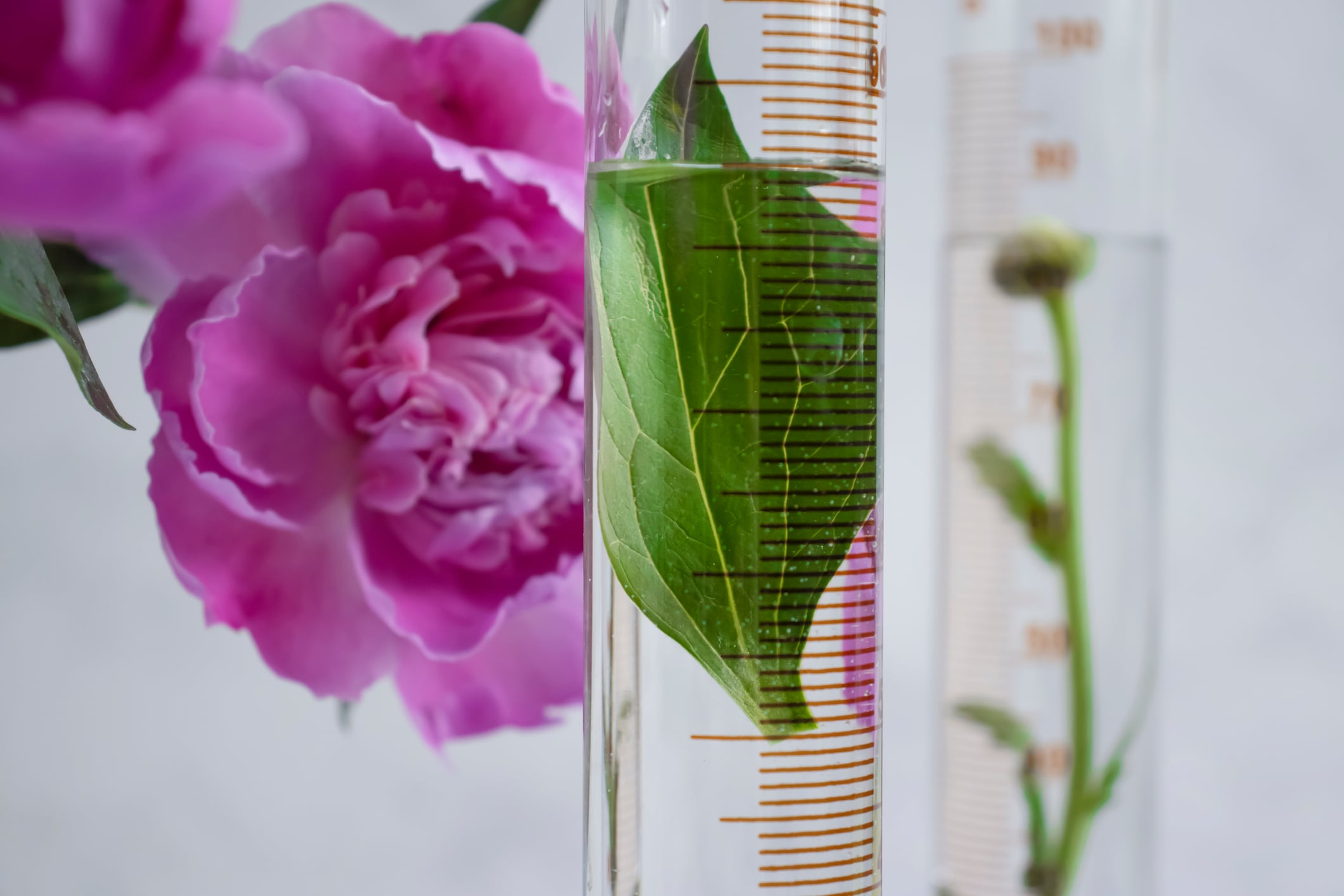
Researchers in Thailand have made a breakthrough in developing a plant-based skin care ingredient that shows strong potential in anti-ageing formulations.

Peptides, or short chains of amino acids, may have the potential to bridge the gap between pharmaceuticals and skin care, according to researchers in China.
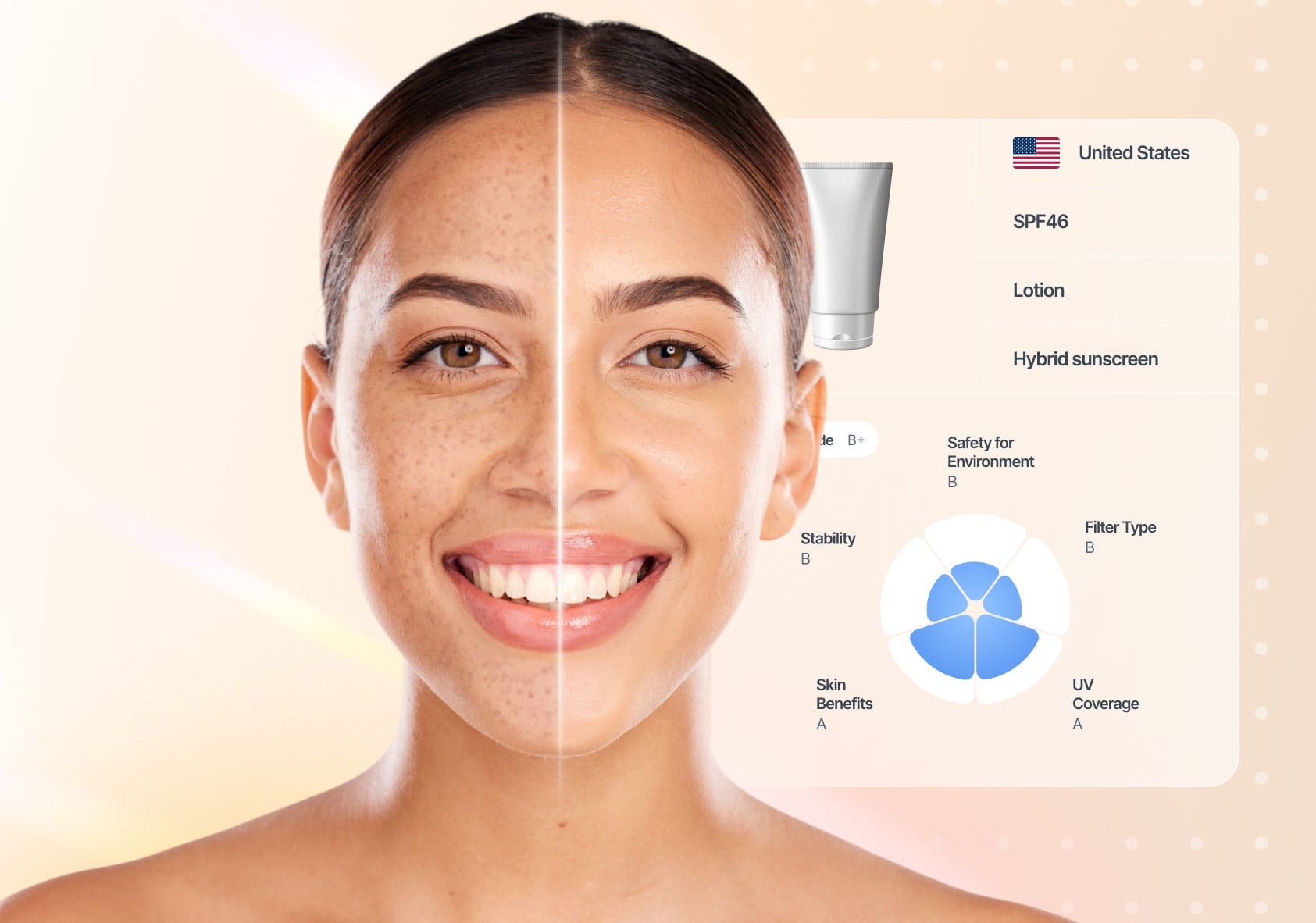
Beauty tech company Haut.AI has just launched disruptive new AI-based technology in the sunscreen sector. We spoke to the CEO and co-founder to find out more.
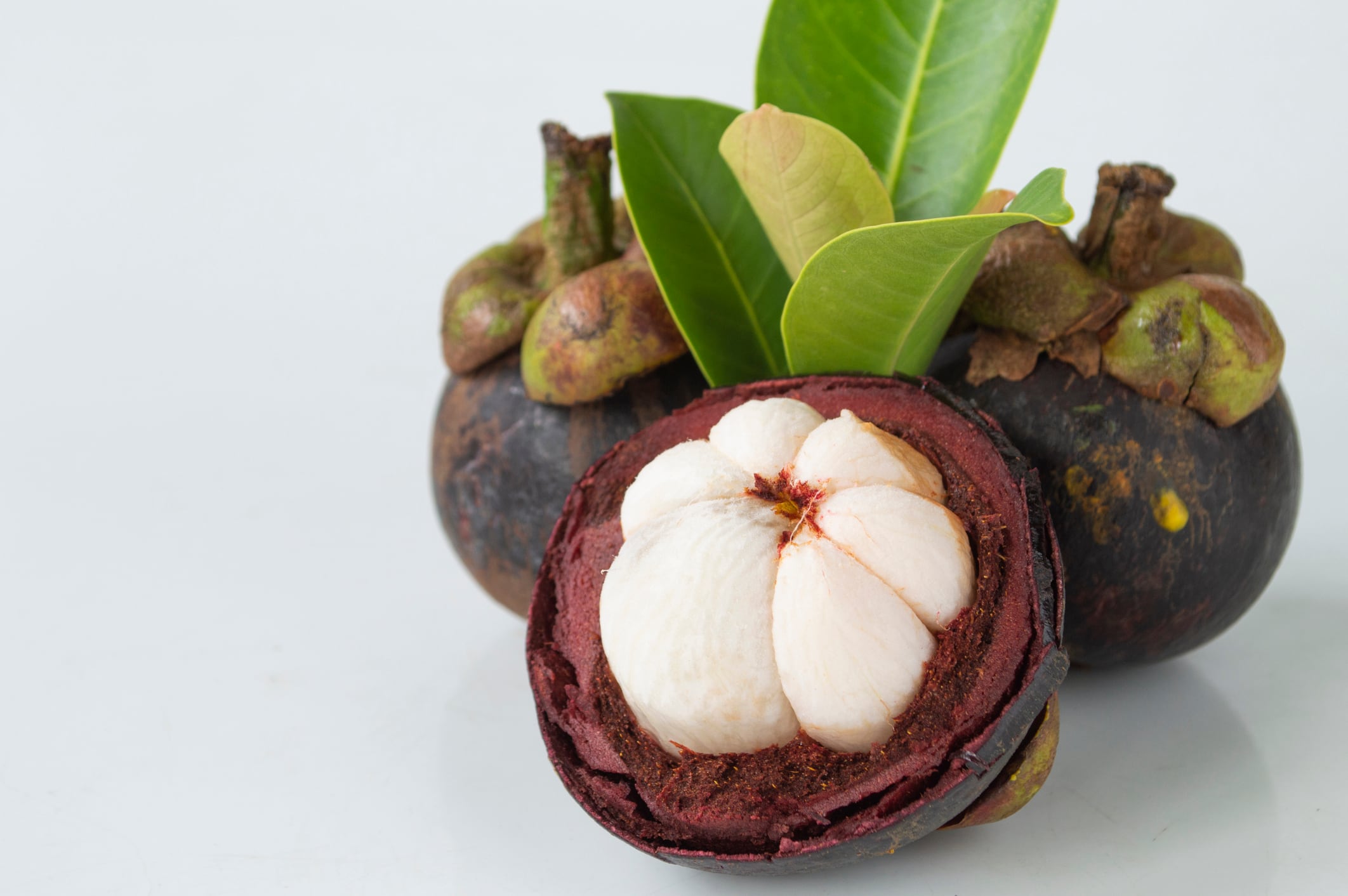
A new study conducted by researchers at Burapha University in Thailand has found that an extract from mangosteen peel may offer significant protection against skin ageing caused by UVA radiation.
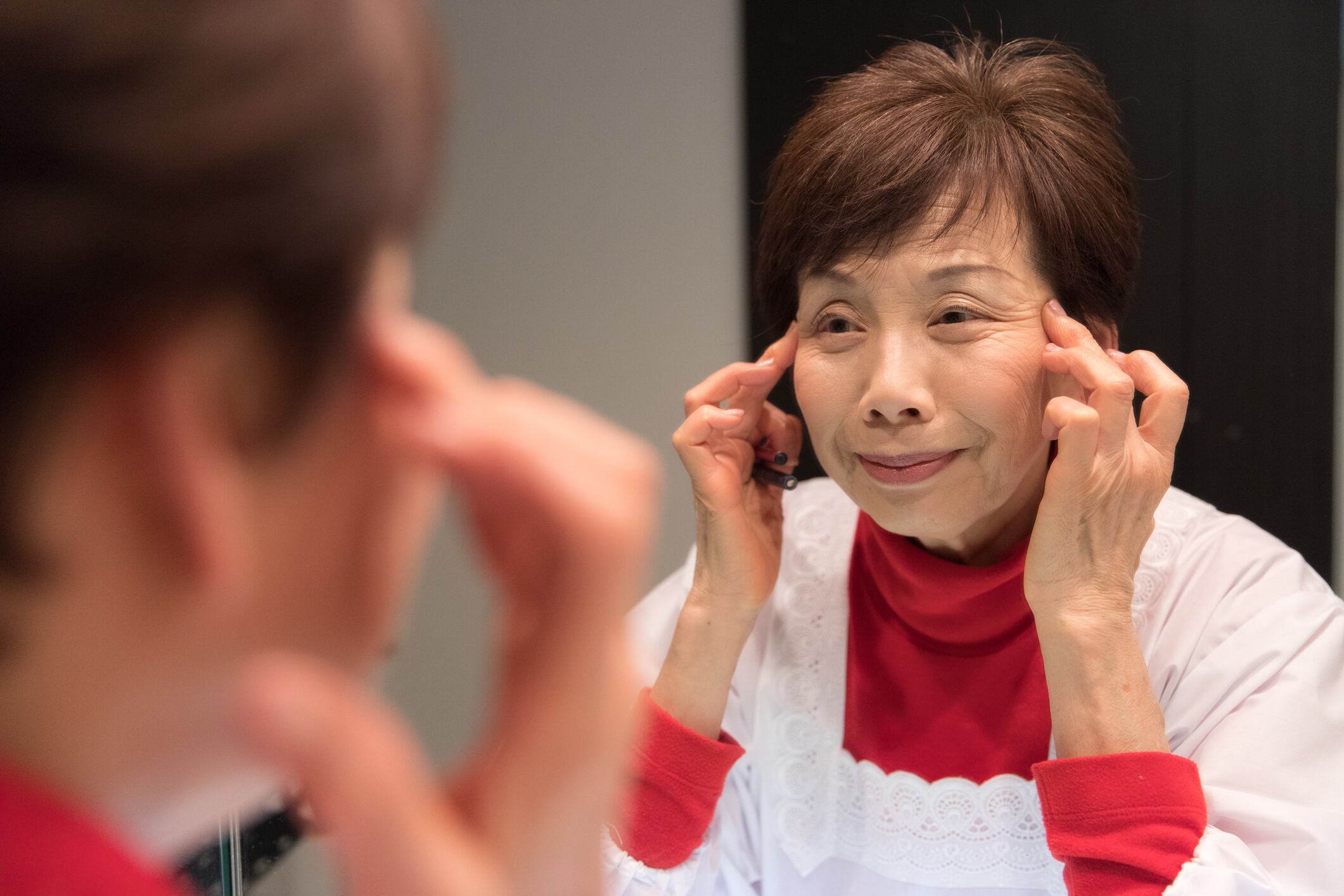
A new clinical study has confirmed that 2-aza-8-oxohypoxanthine (AOH) can lessen wrinkles by enhancing skin hydration and strengthening the skin barrier, offering cosmetics manufacturers a novel bioactive with measurable anti-ageing effects.

Innovation, acquisition, and regulation defined the beauty business this month across all regions.

A 12-week clinical trial in China has found that a shampoo containing caffeine and adenosine not only reduces hair shedding but also changes the scalp’s microbiome and lipid composition.
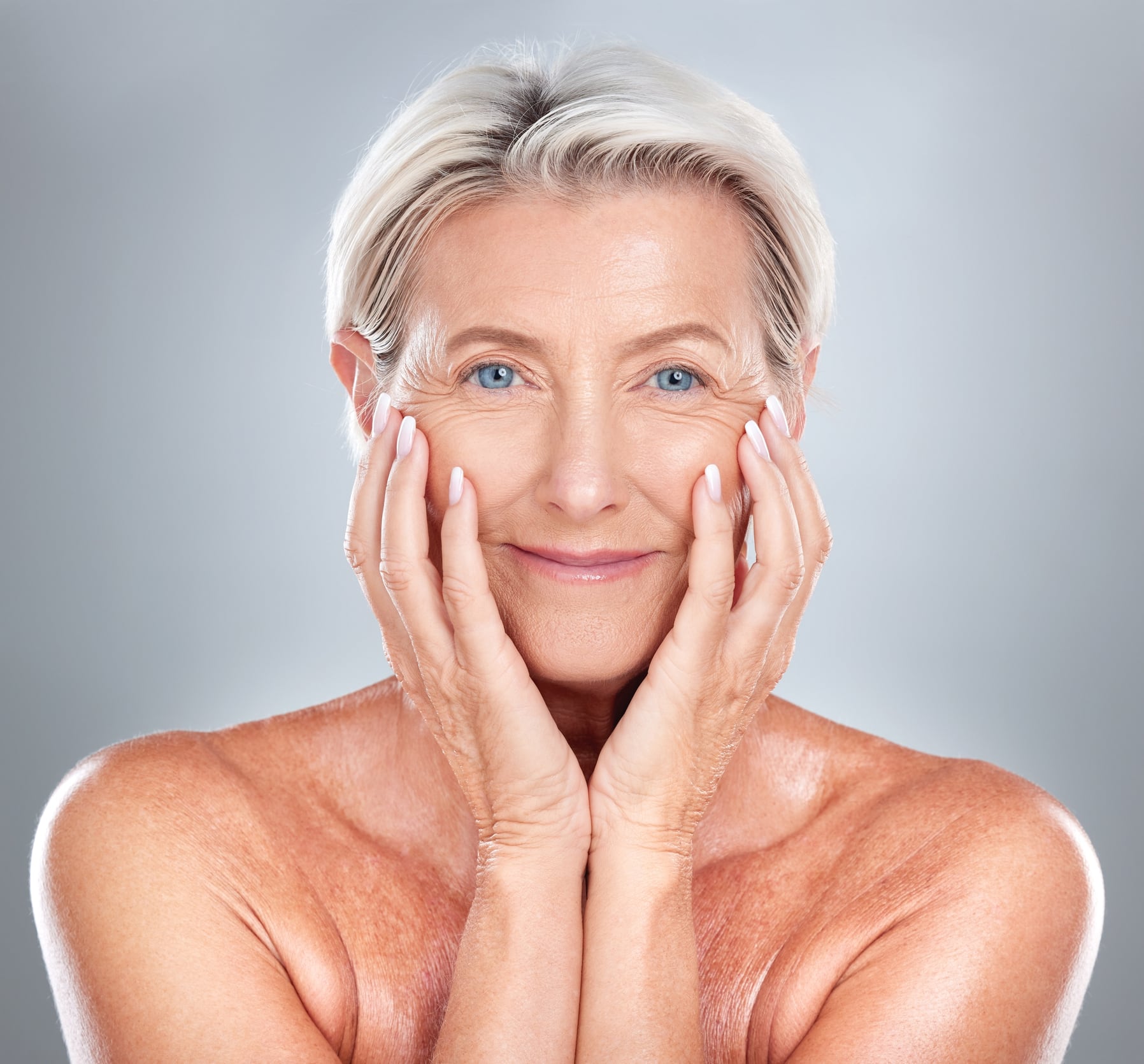
A new study reveals that a blend of flowering plants, sea kelp, vitamins and minerals can help with skin anti-aging and inflammation reduction.
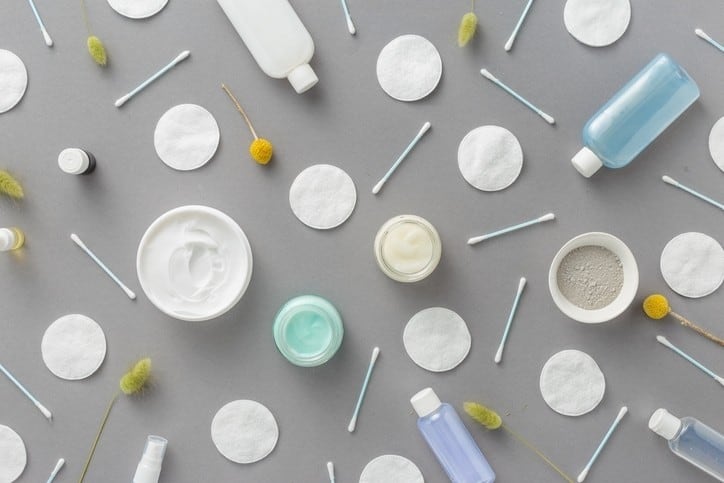
We dive into our latest stories on formulation and science, featuring LG H&H’s ingredient modified from a traditional herbal medicine, Amorepacific’s joint research with Johns Hopkins, hair health benefits of Asian plantain, and more.

Australian cosmeceutical brand CUTISÉ is capitalising on the under-tapped skin care benefits of astaxanthin, which has shown to be significantly more powerful than widely used antioxidants.

Compliance and consumer trust emerged as key themes in the global beauty market this month, amid growing pressure to clarify claims, tighten sourcing, and prevent the sale of counterfeit goods.

The researchers’ findings may inform new formulation strategies for proactive skin care and sun care product R&D.

A study funded by LG Household & Health Care (LG H&H) has found an ingredient formulation modified from traditional herbal medicine Gongjin-dan to possess several anti-ageing properties.
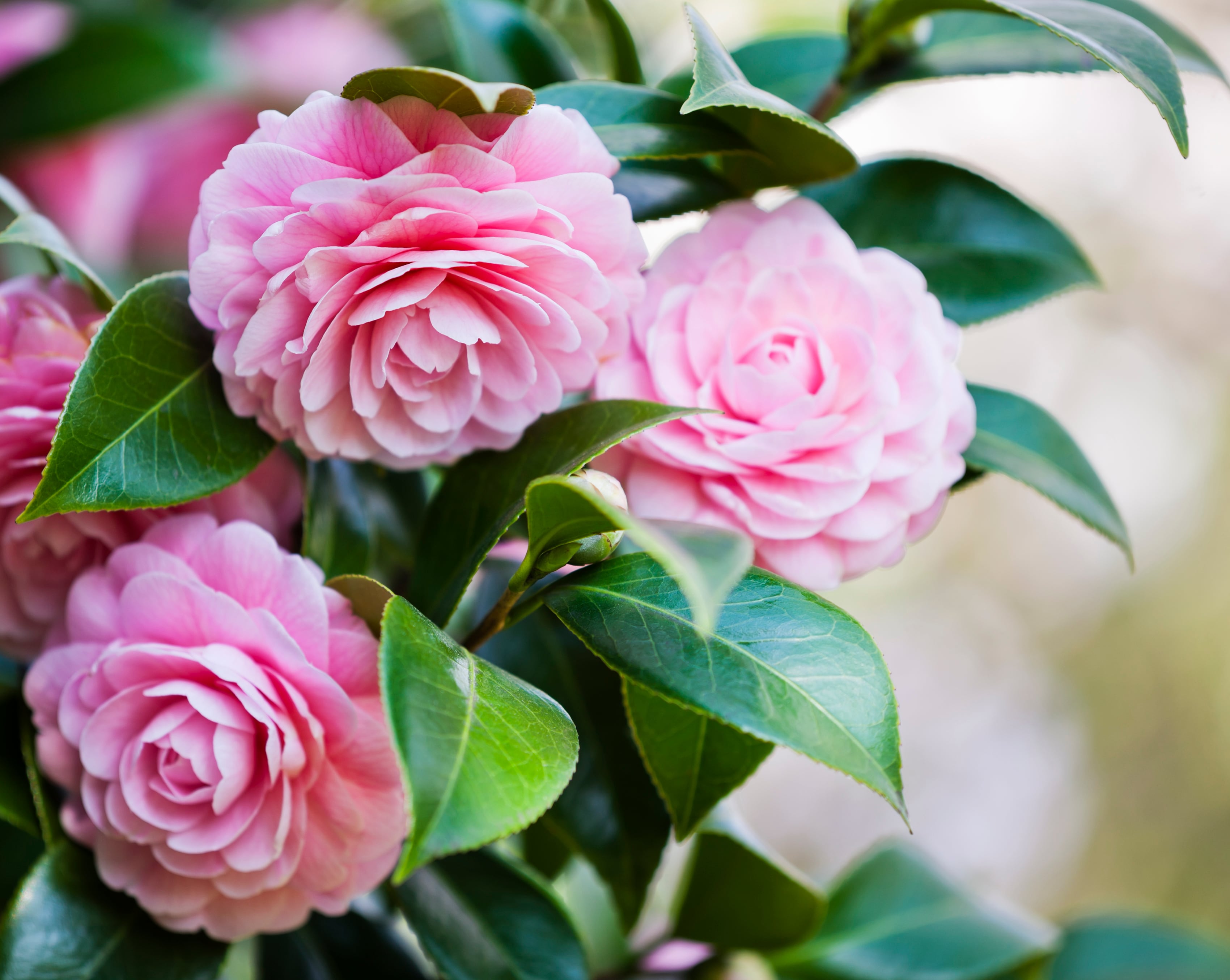
Amorepacific has backed the slow-ageing and immune response efficacy of two of its proprietary ingredients through joint research with Johns Hopkins University School of Medicine in the US.
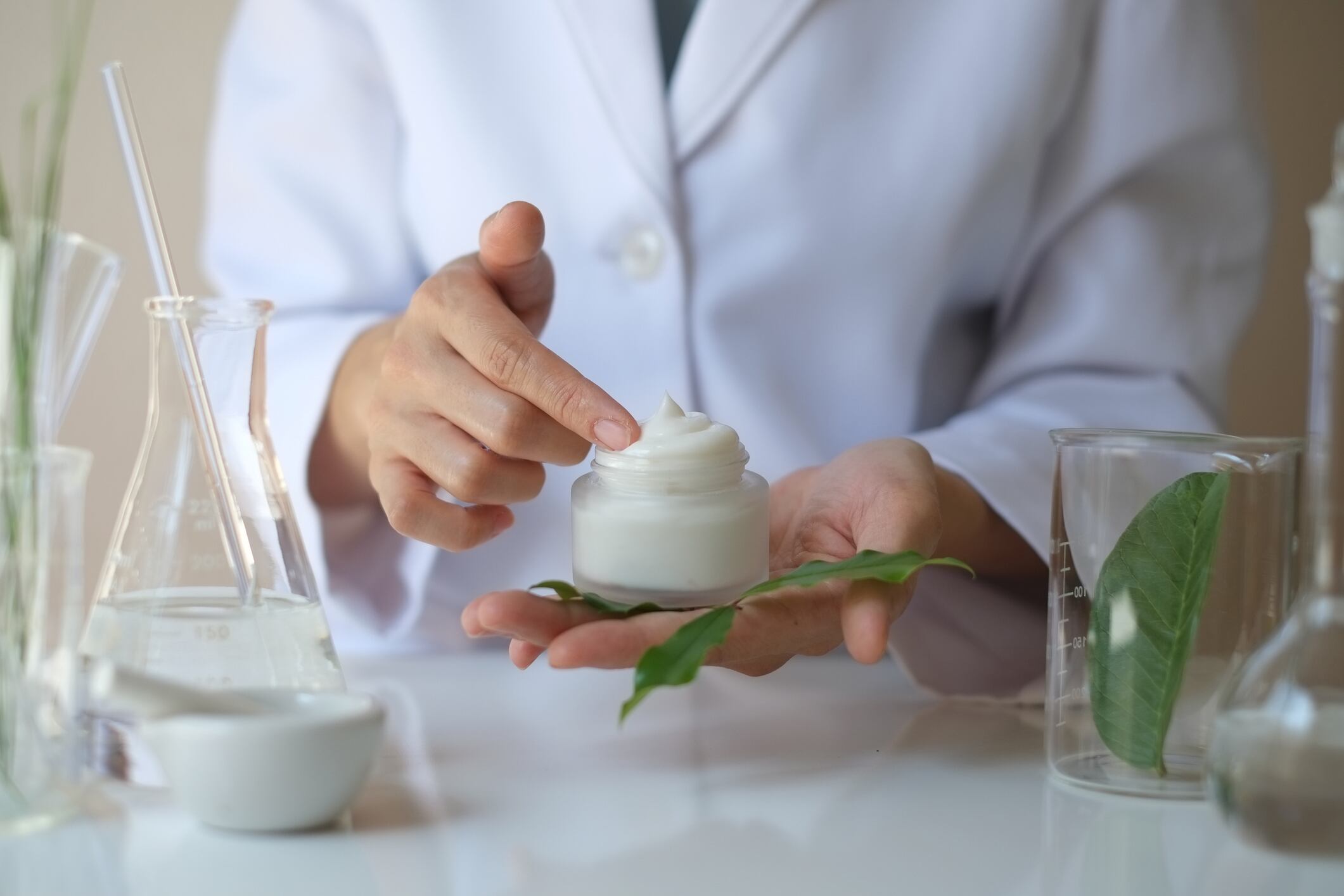
We take a look at some of the latest scientific research...

Extensive research shows DHA and EPA have pro-resolution effects on skin inflammation, barrier function and wound healing.

A shampoo containing Asian plantain (Plantago asiatica L.) has been shown to exhibit hair health benefits in adults, according to a new RCT.

Researchers combed through nearly two decades of Google search spikes in conjunction with recent TikTok view data to better understand the “growing curiosity in cosmeceuticals, with interest correlating with consumers’ views on social media.”
A combination of pharmacology, machine learning, and experimental validation has revealed key ginseng peptide extracts (GPEs) that have potential as an anti-inflammatory and anti-ageing agent for skin care products.
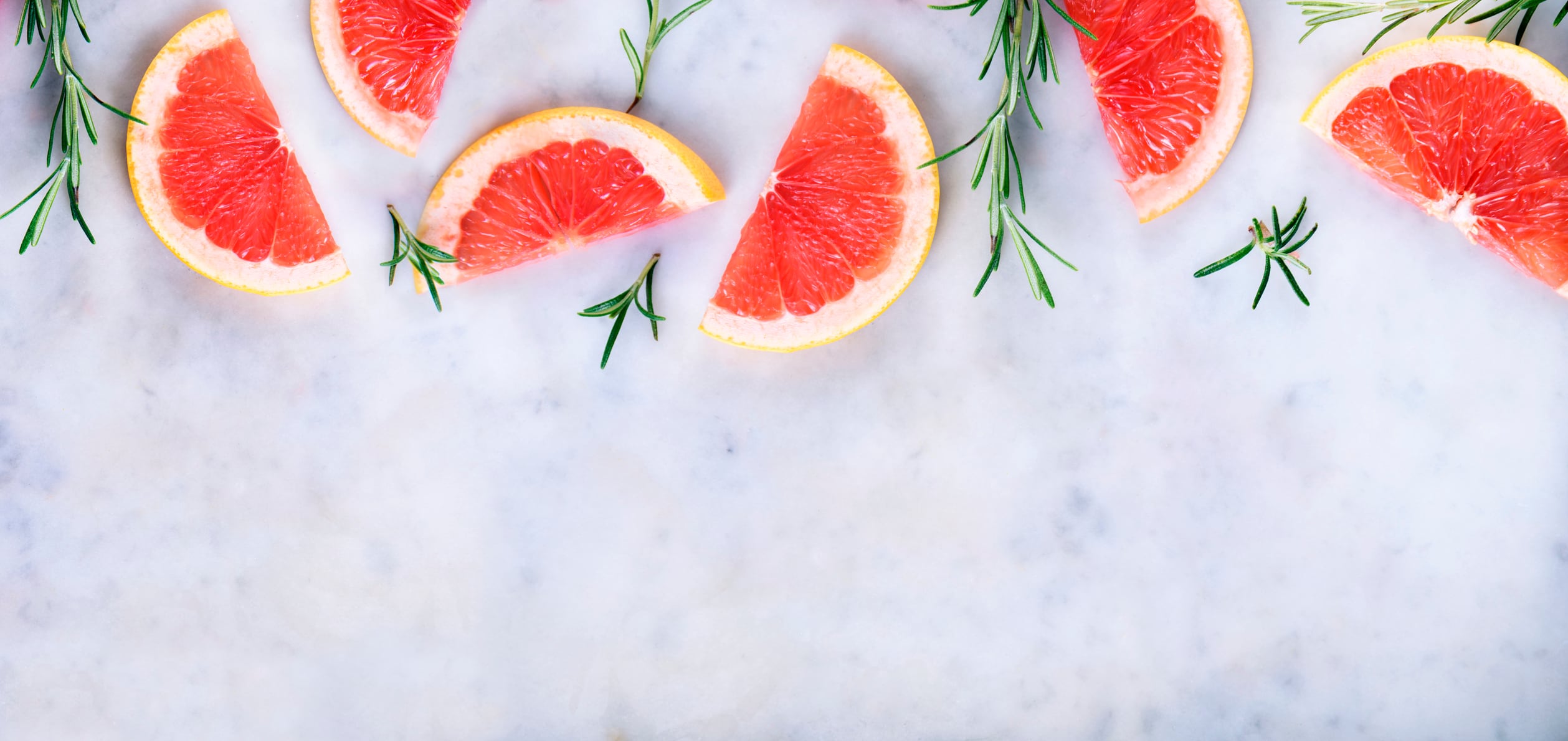
New research highlights the synergistic power of grapefruit and rosemary extracts in shielding the skin from UV damage and accelerating recovery from sunburn.

From reducing animal testing to optimizing ingredient sourcing, virtual twin technology has the potential to unlock faster product innovation and a smarter supply chain for beauty industry stakeholders.

While the US tariff policy shifts dominated global headlines this month, other beauty and personal care industry highlights from CosmeticsDesign global included ingredient innovations, coverage of this month’s in-Cosmetics Global trade show, and more.

We dive into our latest stories on formulation and science, featuring L’Oréal’s natural solution for acne, and the skin care potential of a marine-derived compound, rice fermentation products, Lebanese grape seed extract, and tree peony callus extract.

Often referred to as the “king of carotenoids”, astaxanthin is touted as one of the most powerful antioxidants, with 6,000 times the potency of vitamin C and 100 times that of vitamin E.

Longevity, defined as extending lifespan while maintaining health and appearance, has emerged as key trend in 2025. This sector is evolving rapidly, with current developments indicating significant potential for future growth and innovation in the beauty...

Digestive microbiota is increasingly associated with a host of health issues—including skin diseases—and is even being linked to climate change. We delve into the latest research and innovation in this sector.
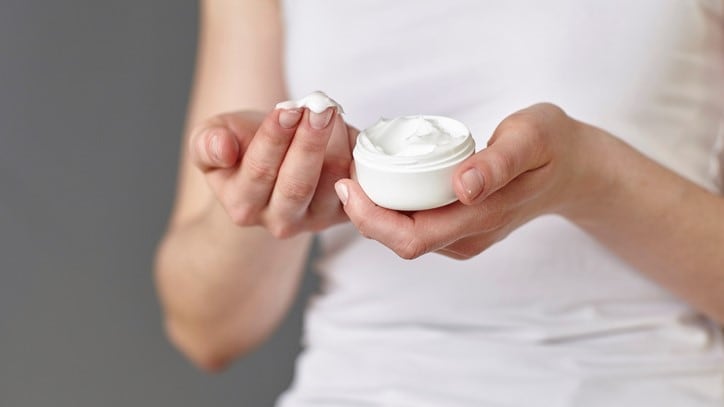
PCHi 2025
Trautec sees significant potential for tetrahedral framework nucleic acids (tFNAs) as China’s medical device market experiences rapid growth.